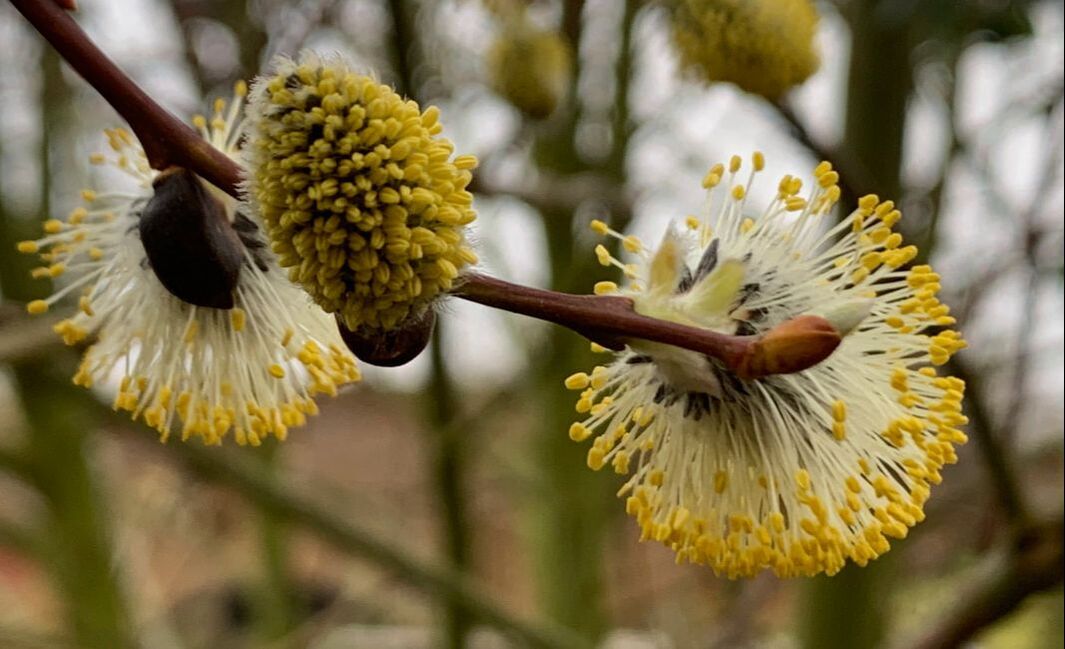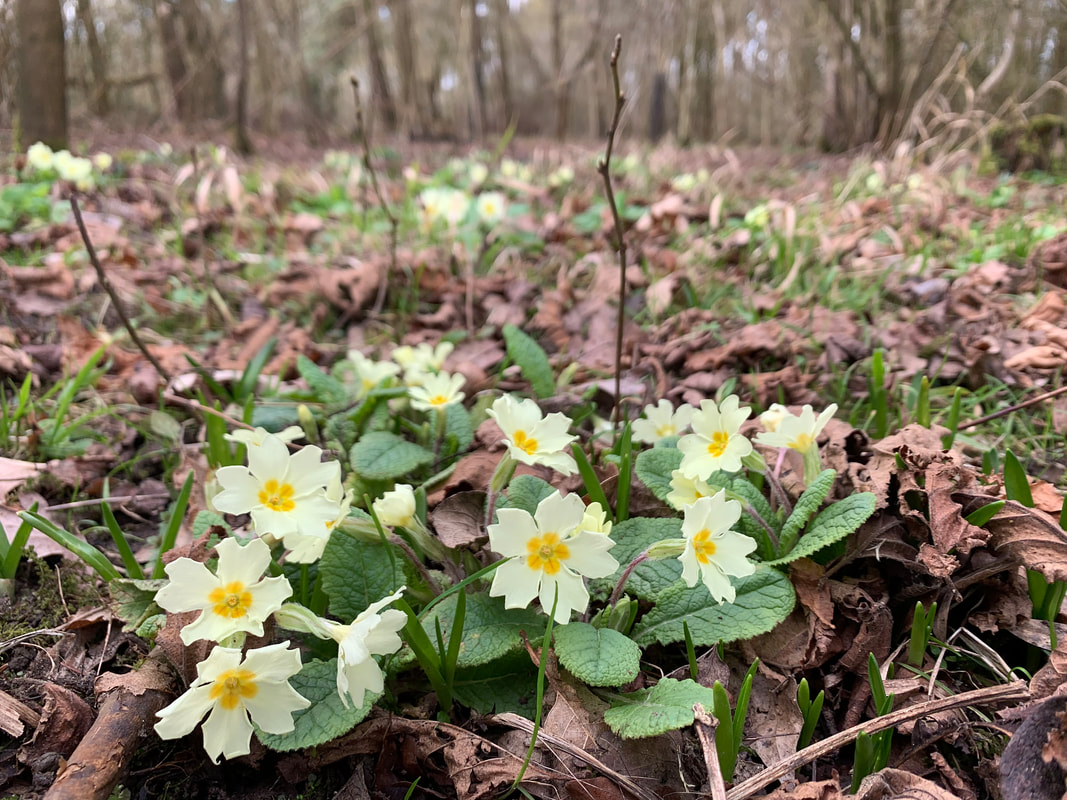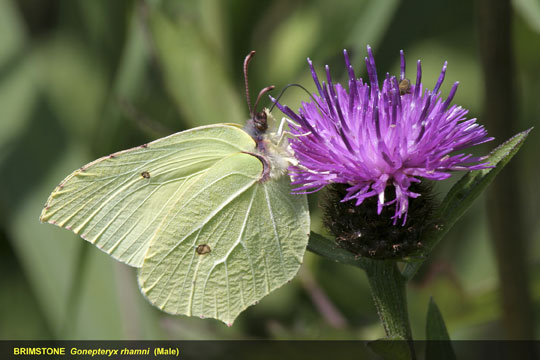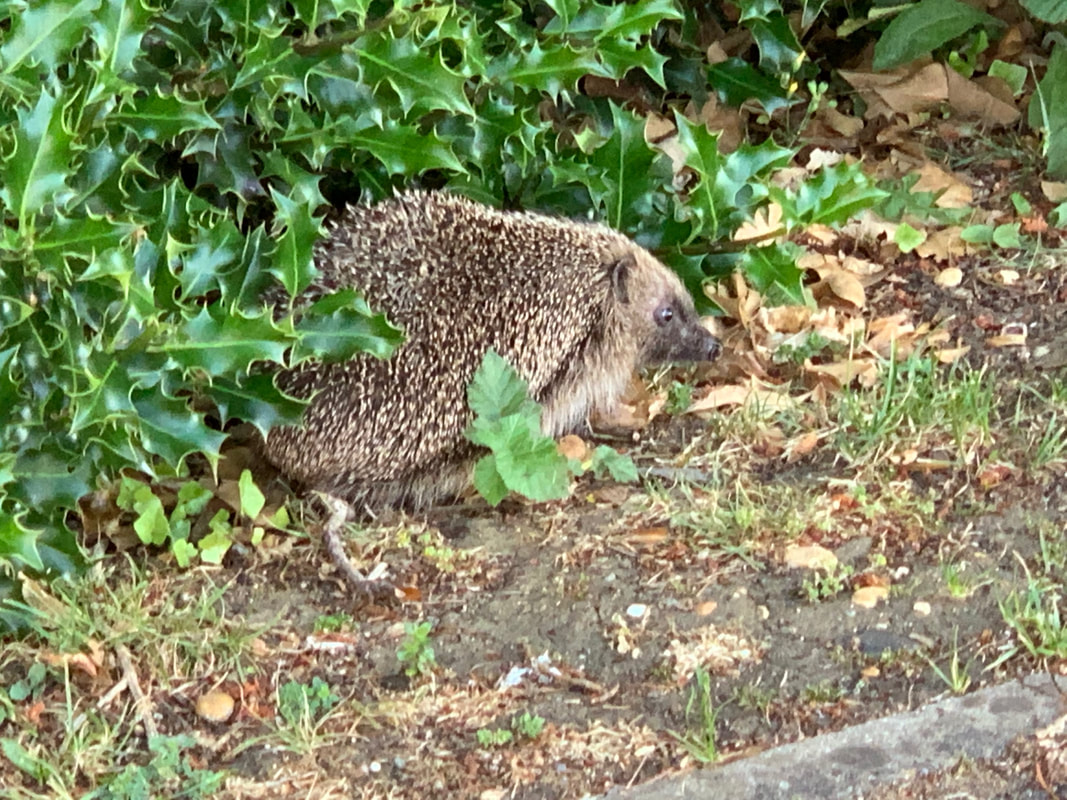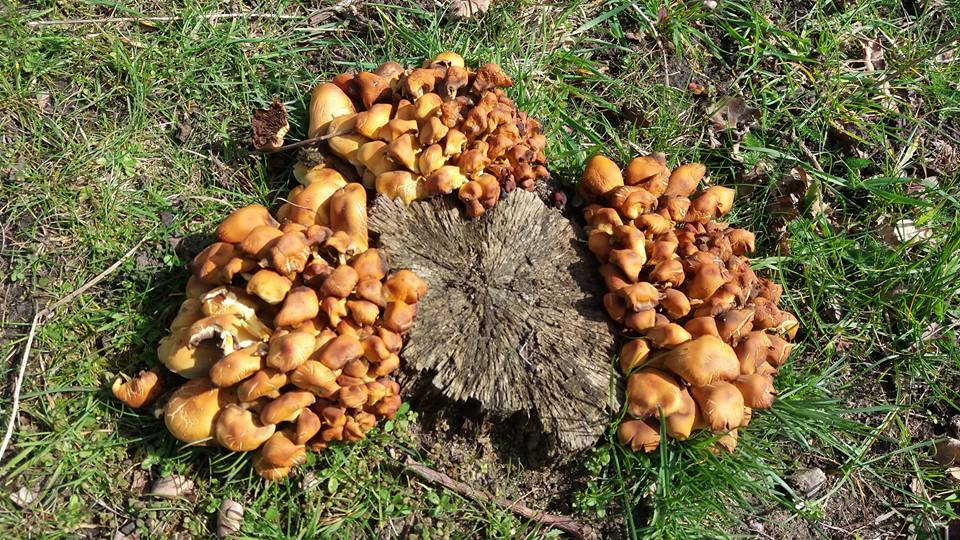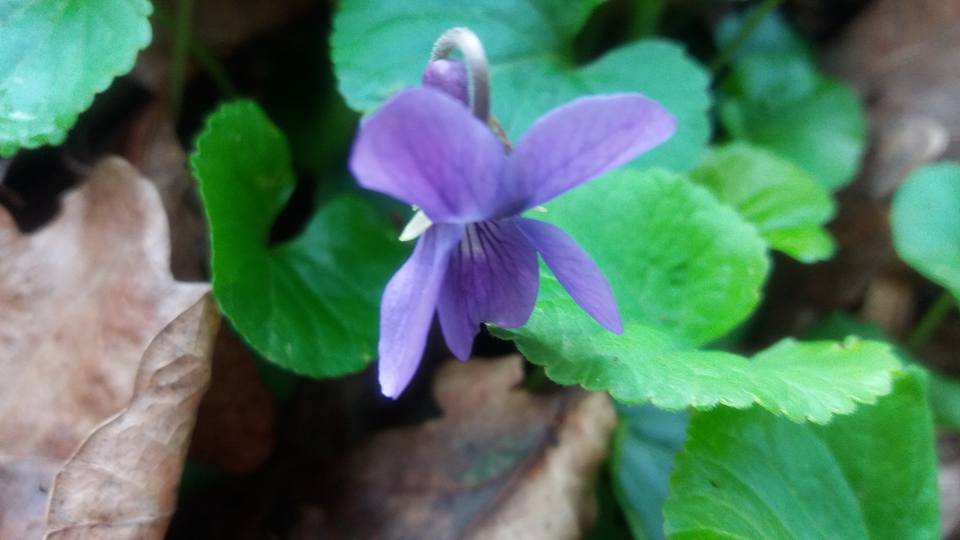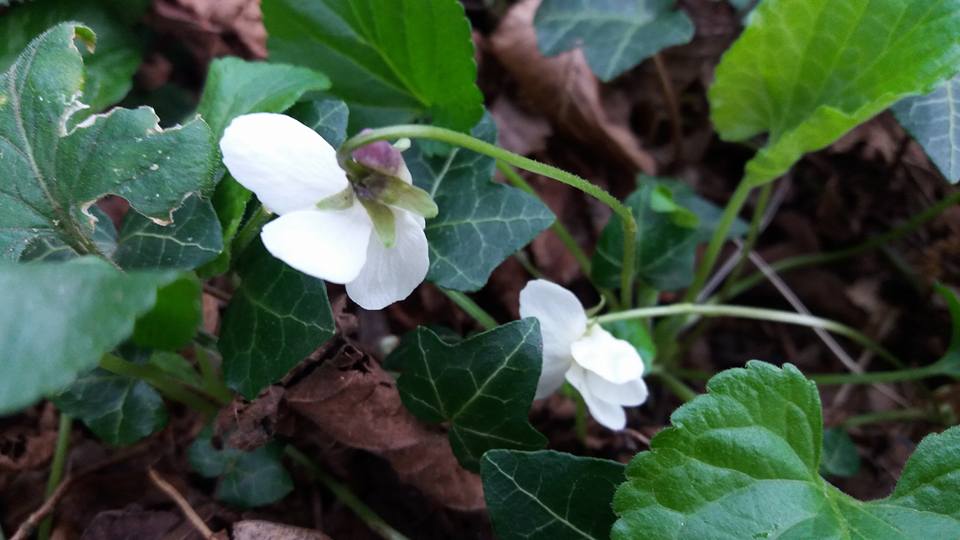Wildlife to watch in March
|
Pussy Willow
Pussy Willow has silvery grey silky catkins which expand and change colour to gold within a few weeks when they are ready to release their pollen. The Latin name Salix caprea literally means female goat willow. Common names include Goat, Great Sallow, Sally, Black Sally and Palm willow which refers to its use as a decoration in churches during Easter. It has broad oval leaves unlike many willows and forms a shrubby tree up to 10m high. It can live for up to 300 years. Historically the wood was often used to make ‘wattle’ – a woven lattice of wooden strips which formed the framework of the walls of houses. Traditionally, willows were used to relieve pain associated with a headache or toothache, and the painkiller Aspirin is derived from salicin, a compound found in the bark of all Salix species. |
Also look out for
Primrose
|
Primroses herald the return of spring although they can flower from as early as December in mild years, appearing all the way through the spring until May. It favours woodland clearings, hedgerows and grassland habitats, and sometimes in your garden if you are lucky. Alternative names include butter rose, early rose, Easter rose, golden rose and lent rose. Both the flowers and leaves are edible. My Gran used to tell me stories of how as a little girl she would collect bunches of Primroses, framed with a circle of leaves to send to her Grandmother in Norfolk for her birthday. They would be sent by post in a moss lined shoe box to keep them fresh. |
Brimstone Butterfly
|
The Brimstone is usually found in open areas such as grasslands, woodland rides, gardens and waste places, usually in areas adjacent to woodland, scrub and hedgerows. It is often seen visiting suburban gardens in spring and late summer.
In early spring, the sulphur yellow males become particularly noticeable on warm sunny days as they quickly patrol along hedgerows in search of females awakening from hibernation. However, the moment the sun disappears behind a cloud and the ambient temperature falls, he quickly finds a place to shelter, often under a bramble or ivy leaf, only to emerge and continue his quest to find a mate the moment the sun reappears. |
Hedgehog
|
The Flitch Way has plenty of habitats perfect for hedgehogs – they nest and hibernate in quiet, secluded log and leaf piles over winter, and come out to feed in grassy areas, woodlands and wilderness areas in the spring.
Hedgehogs usually hibernate between November and mid March, so they’re waking up and looking for some food this month. Bushes and hedges provide the perfect day-time hideaway, and then at dusk, insect-rich lawns and flowerbeds make excellent feeding grounds. Hedgehogs eat all kinds of invertebrates, as well as amphibians, bird’s eggs and anything else they can catch; they particularly like big, crunchy beetles, earthworms and slugs. |
Brown Hare
Found mainly in grassland and woodland edges, hares are similar to rabbits, but are noticeably bigger with longer, more powerful legs. They eat grass and other vegetation, as well as young bark, and dig a shallow scrape in the ground as a resting place. Look out for them bounding and zig-zagging across fields – they are fast, they can reach speeds of 45 mph when evading predators.
Brown hares are at their most visible in early spring when the breeding season encourages fighting or 'boxing'. If you spot brown hares 'boxing', it is most likely that you are watching a female warding off the advances of an amorous male, not two males fighting. If a fight does happen, the two hares will stand on their hind legs and attack each other with their front paws, pulling out fur. This gives the impression of two boxers in a ring. Females can produce three to four litters of two to four young (known as leverets) a year.
Brown hares are at their most visible in early spring when the breeding season encourages fighting or 'boxing'. If you spot brown hares 'boxing', it is most likely that you are watching a female warding off the advances of an amorous male, not two males fighting. If a fight does happen, the two hares will stand on their hind legs and attack each other with their front paws, pulling out fur. This gives the impression of two boxers in a ring. Females can produce three to four litters of two to four young (known as leverets) a year.
Go to next month's wildlife

